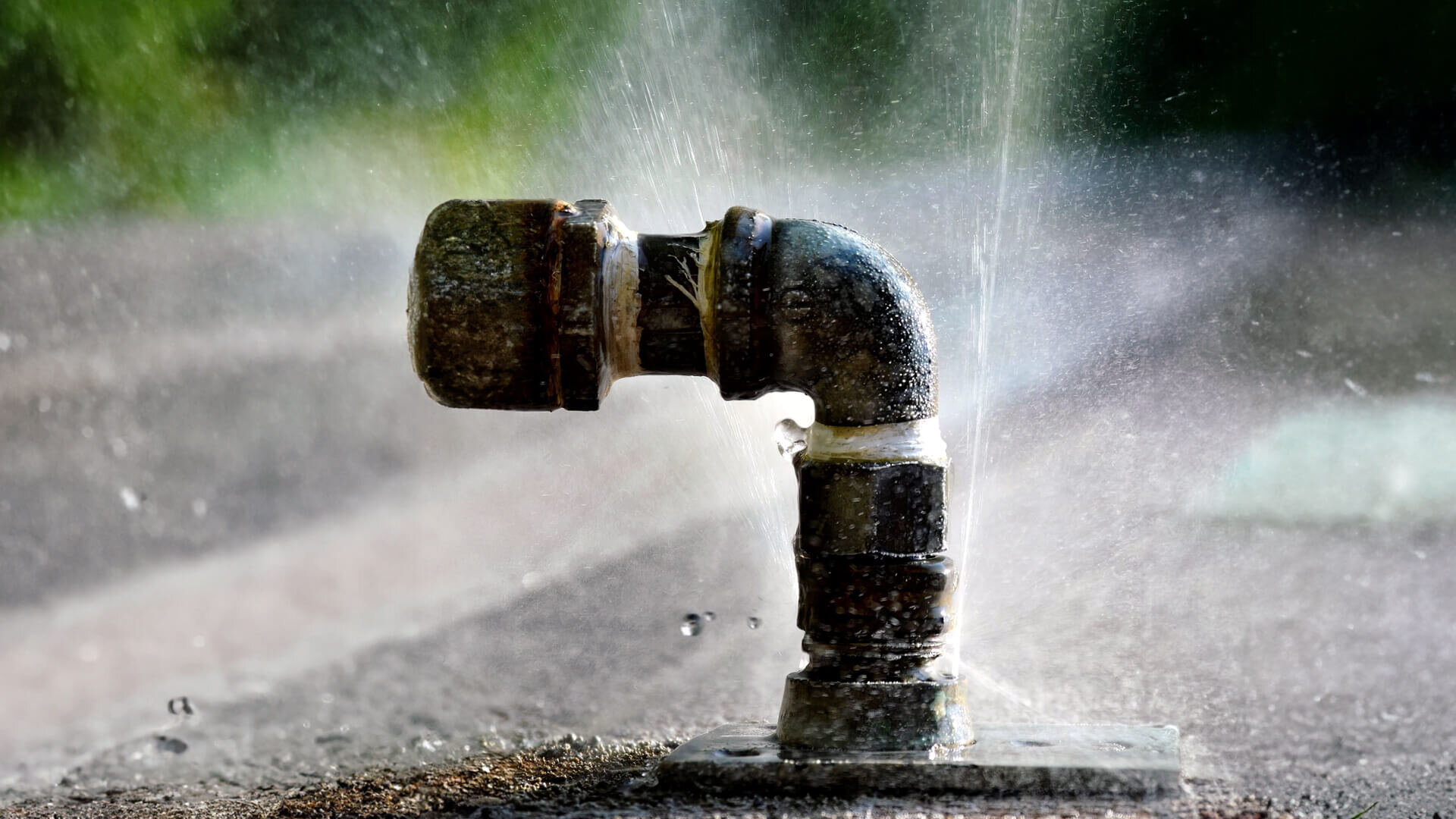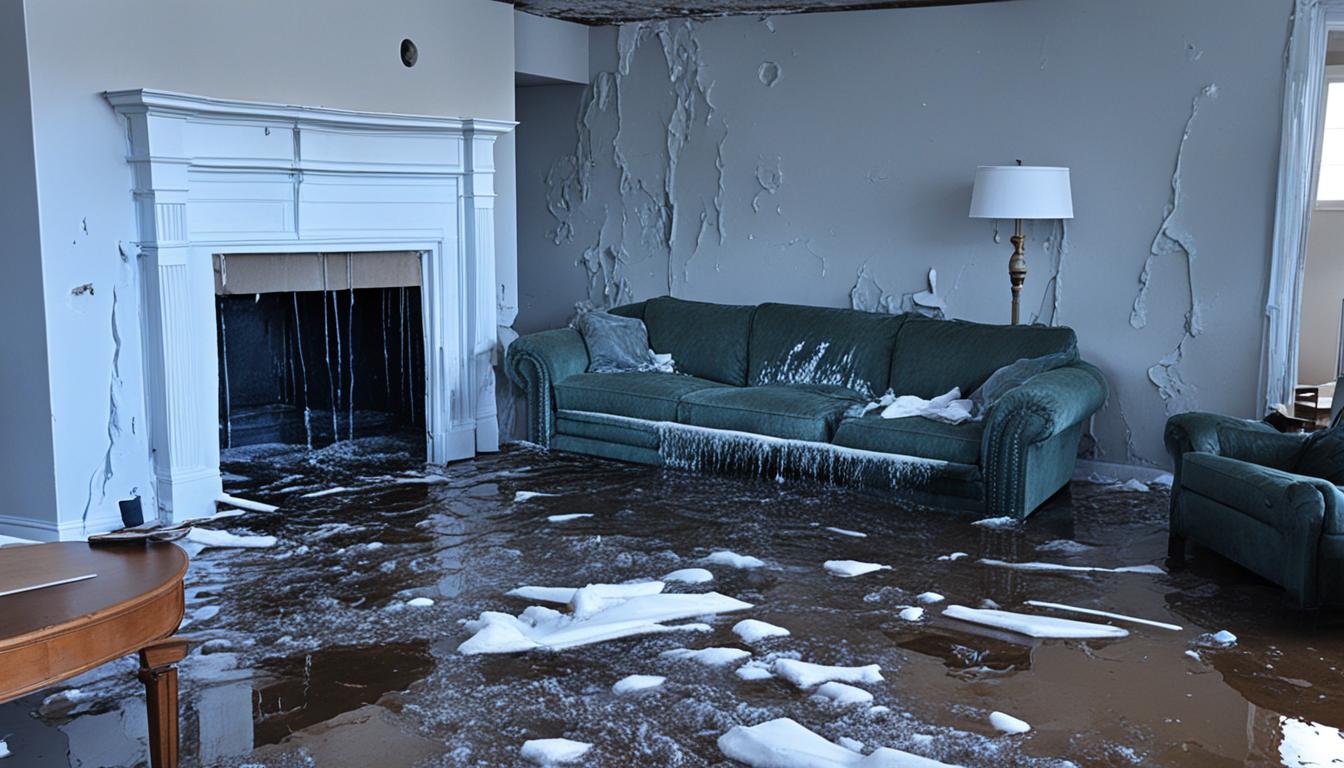Signs of a Burst Pipe: How to Identify and Address the Issue Before It Escalates
Signs of a Burst Pipe: How to Identify and Address the Issue Before It Escalates
Blog Article
Preventing Burst Pipes: Vital Tips to Protect Your Plumbing
Preventing burst pipes is a crucial concern for house owners, especially during colder months when the threat of freezing is increased. Carrying out calculated steps such as correct insulation, routine assessments, and maintaining constant interior temperature levels can significantly lower the chance of pipe failure. Furthermore, understanding emergency treatments gears up property owners to respond promptly to potential plumbing issues. Several are not aware of the particular susceptabilities that their pipelines might deal with. Discovering these vulnerabilities can offer invaluable understandings right into protecting your plumbing system efficiently.
Understand Pipe Vulnerabilities
Recognizing pipeline vulnerabilities is crucial for efficient pipes upkeep and avoiding pricey damage. Several variables add to the vulnerability of pipelines to bursts, consisting of product composition, age, and ecological problems. Older pipelines, especially those made from galvanized steel or polybutylene, usually weaken gradually, bring about enhanced danger of leakages and tears.
Temperature changes can additionally significantly effect pipe integrity. In chillier environments, water caught in pipelines can freeze, increasing and putting in pressure on the pipeline walls, which might inevitably lead to a burst. Additionally, high water stress can strain pipes, particularly at bends and joints, heightening the likelihood of failing.

Insulate Pipeline Correctly
Appropriate insulation of pipelines is critical for preventing cold and subsequent bursts throughout cool weather condition (burst pipe). Protecting your plumbing system successfully safeguards against temperature goes down that can bring about costly damage. Begin by recognizing at risk locations where pipes are subjected to outdoor temperature levels, such as basements, attics, and outside wall surfaces
Usage foam pipe insulation sleeves or wrap insulation tape around these locations to provide a protective obstacle. Ensure that all sections of the pipes, particularly those with limited heat exposure, receive ample insulation. Pay special attention to installations and joints, as these are much more susceptible to cold.
When protecting, it's vital to choose materials that satisfy local structure codes and are ideal for the certain environment. Fiberglass insulation is frequently recommended for its thermal resistance properties. Additionally, take into consideration making use of heat cable televisions or tape in severe conditions, which can be plugged in to provide extra heat
Consistently evaluate insulated pipelines for any type of signs of wear or damages, as compromised insulation can diminish its effectiveness. By taking these proactive measures, you substantially decrease the threat of pipe bursts, making certain a reliable plumbing system throughout the winter season.
Maintain Constant Temperature Level
A secure interior temperature is vital for avoiding burst pipes during the frigid months. When temperature levels decline, water within pipes can ice up, increasing and developing pressure that may inevitably cause the pipelines to ruptured.Using a programmable thermostat can assist handle interior temperature levels effectively, ensuring that spaces with plumbing continue to be warm even when the house is empty.
Furthermore, it is prudent to allow faucets you can check here to trickle somewhat during extreme chilly spells. This minor flow of water can avoid freezing by minimizing pressure within the pipes. Additionally, during specifically extreme weather events, take into consideration briefly putting on hold any kind of nighttime troubles on your thermostat to preserve a consistent cozy environment. By carrying out these techniques, property owners can dramatically reduce the risk of pipeline bursts and protect their pipes systems versus the extreme winter aspects.
Frequently Check Plumbing
Regular assessments of plumbing systems are essential for avoiding burst pipelines and maintaining general home honesty. Routine checks permit house owners to identify potential concerns prior to they rise right into pricey repair work or major water damage. Throughout these evaluations, it is necessary to examine noticeable pipelines for signs of corrosion, leaks, or wear. Pay special interest to locations prone to cold, such as basements, attics, and exterior wall surfaces.
Furthermore, evaluating joints and connections is vital, as these points are typically vulnerable to leaks. Home owners need to likewise evaluate water stress levels, as excessive stress can stress the pipes system and boost the risk of pipeline bursts.
Consider scheduling specialist plumbing evaluations at least as soon as a year, especially prior to winter, to guarantee your system is prepared for cooler temperatures. By being proactive in your strategy, you can secure your home against the pricey and disruptive consequences of ruptured pipelines.
Know Emergency Situation Procedures
Recognizing emergency situation treatments is vital for every single property owner, specifically after conducting normal pipes evaluations. Being planned for a pipes emergency can substantially reduce damage and save expenses. First, find your primary water shut-off shutoff; it is normally located near the water meter or where the main line enters your home. Familiarize on your own with its operation, as shutting off the water system promptly can protect against comprehensive flooding.
Next, keep important devices handy. A plumbing emergency kit ought to consist of a wrench, plunger, and towels, in addition to a flashlight and a container for tiny leaks. In addition, take into consideration having the get in touch with information for a trusted plumbing technician easily offered, needs to the situation intensify past your control.
If you detect a leak or ruptured pipe, right away turn off the supply of water and notify your plumbing professional. Additionally, document the damage with photos for insurance policy purposes. burst pipe. Recognize the indicators of potential pipes problems, such as unusual water stress changes or damp areas on wall surfaces
Inevitably, positive understanding and speedy see this website activity are essential in handling plumbing emergency situations, ensuring your home remains protected and minimizing potential damages.

Final Thought
To conclude, protecting against burst pipelines necessitates a multifaceted approach that consists of understanding pipeline vulnerabilities, proper insulation, preserving constant interior temperatures, regular examinations, and understanding of emergency situation treatments. By carrying out these crucial approaches, the threat of plumbing failings can discover here be considerably lowered, thereby guaranteeing the longevity and performance of the pipes system. Proactive procedures not just secure against potential damage but additionally contribute to general water conservation and the protection of residential property.
In colder climates, water trapped in pipelines can freeze, broadening and applying stress on the pipe walls, which may eventually lead to a burst. When temperatures decline, water within pipelines can ice up, increasing and producing pressure that might inevitably create the pipes to burst. By carrying out these techniques, house owners can dramatically lower the threat of pipe ruptureds and protect their plumbing systems against the extreme winter months aspects.

Report this page